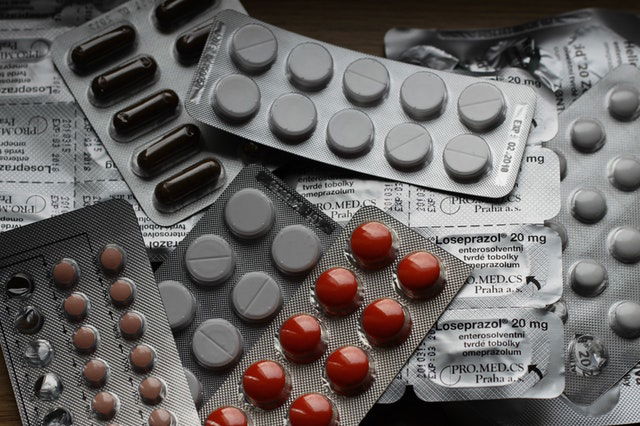
The use of statin drugs to lower cholesterol, and ultimately reduce the risk of cardiovascular disease, has become widespread.
Previous studies suggest that nearly half of Americans and a quarter of Canadians are receiving or are eligible for statin treatment.
Unfortunately, a very common side-effect of statin use is the development of muscle pain.
In fact, muscle pain is the primary reason why people stop taking their statin medication without their physician’s permission.
Understanding why statins cause muscle pain and how this could be treated could remove a big obstacle for healthcare professionals to effectively manage a patient’s cholesterol and lower their heart disease risk.
In a recent study from McMaster University, researchers found a potential mechanism explaining why some people who take drugs to lower their cholesterol develop sore, aching muscles.
One author of the study is Thomas Hawke, a professor in pathology and molecular medicine.
In the study, the team found muscle cells treated with statins released the amino acid called glutamate at much higher levels than muscle cells that were untreated.
As glutamate is a potent activator of muscle pain receptors, this release was proposed to trigger the sensation of muscle pain.
The team says that statins were able to enter the muscle cells and cause oxidative stress.
This resulted in the muscle trying to increase its production of antioxidants to combat this stress. The side-effect of this antioxidant production was the release of glutamate out of the muscle cells.
They also found that administering some well-known antioxidants, such as Vitamin E, were successful in helping reduce glutamate release.
The team is now expanding their studies to determine further compounds that could be used in conjunction with a person’s statin prescription to reduce the burden of muscle pain resulting from this drug.
Copyright © 2019 Knowridge Science Report. All rights reserved.



